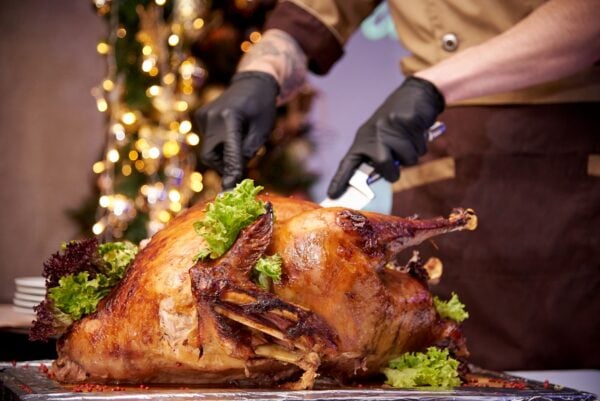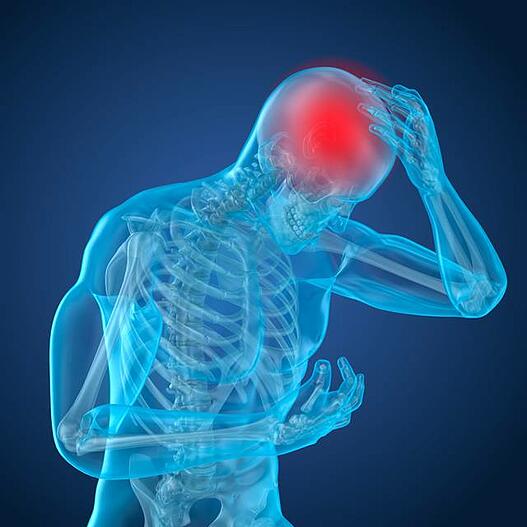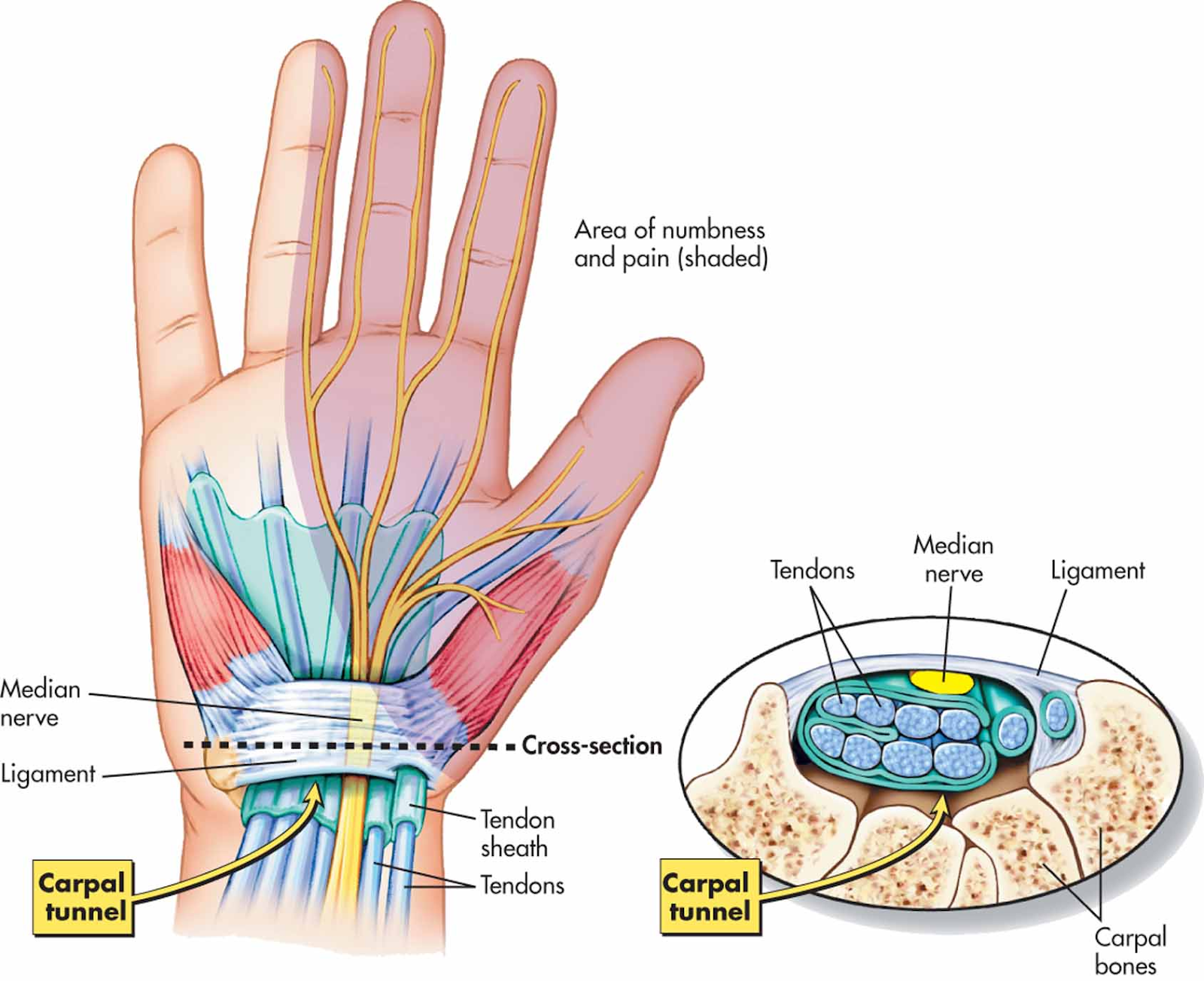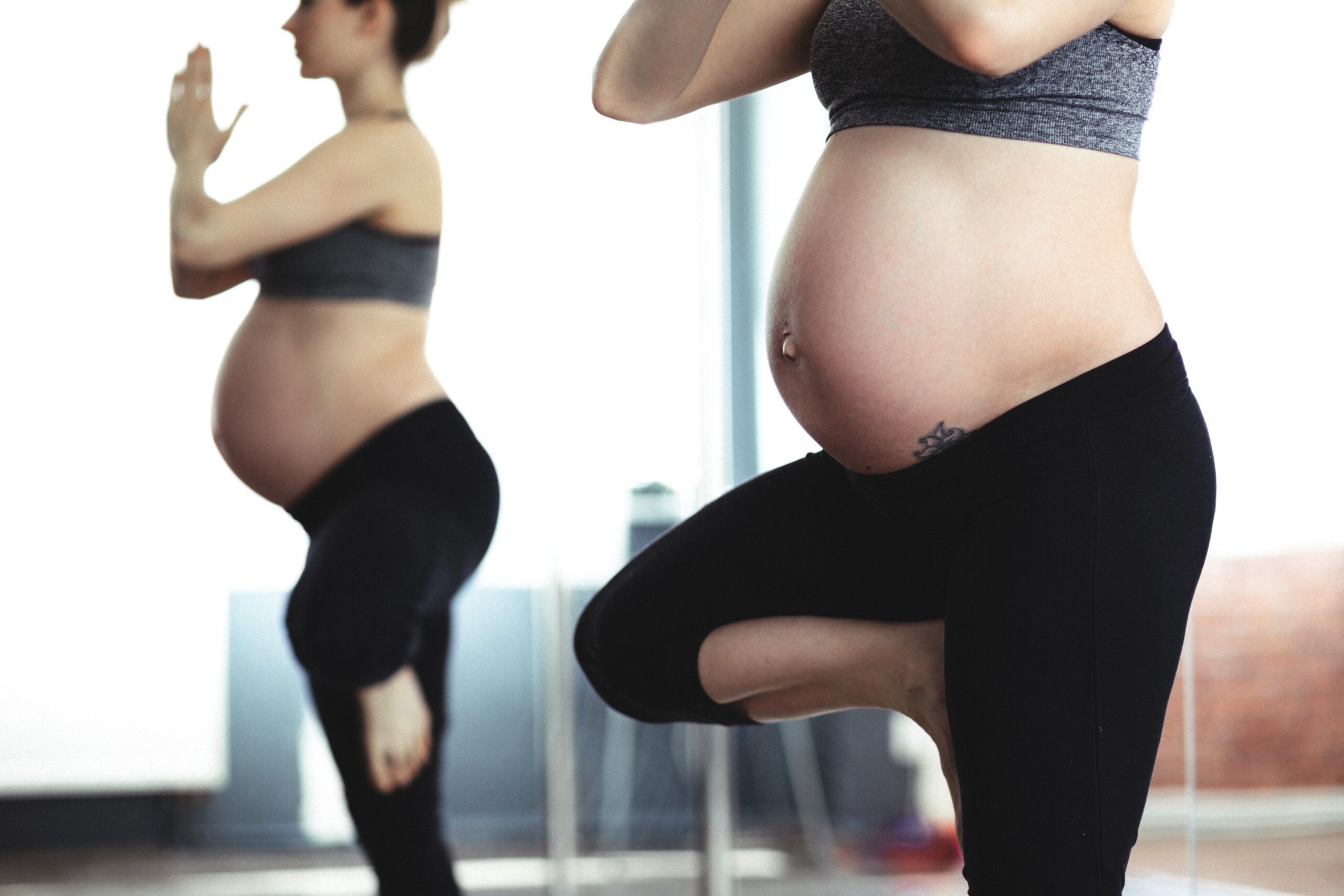
The Holidays have finally arrived, and that means it’s time to break out our carving tools. Luckily we only use these carving tools a few times a year. However, that means many of us are out of practice which leaves us more susceptible to injury.
The American Society for Surgery of the Hand reports that over 88% of Americans eat turkey on Thanksgiving, and that means A LOT of carving!
If you plan on being the Thanksgiving star this year by carving up the bird, help protect against injuries to your hand by following these simple safety tips…
Never Cut Towards Yourself
Your free hand should always be safely placed OPPOSITE the side that you are cutting towards. In other words, always keep both hands and your body out of the path of your cut.
Avoid placing your hand underneath the blade to catch the slice of meat
All of your surroundings should be dry! Your hands, your knife handles, your cutting board, as well as your surrounding cutting area or countertop. This helps avoid slips and slides that result in an injury! Everything should be dry… except your turkey! (haha)
Make sure your tools are sharp
This might sound silly, but using dull tools requires you to use more force to cut through your turkey. This makes you more likely to rip through or slip & slide around, cutting yourself. Sharp tools glide more easily through your meats.
Keep everything in your work space clean and dry
All of your surroundings should be dry! Your hands, your knife handles, your cutting board, as well as your surrounding cutting area or countertop. This helps avoid slips and slides that result in an injury! Everything should be dry… except your turkey! (haha)
Avoid using a knife to cut through bones
We all love to use the bones for either broth or making gravy. Try using your kitchen scissors instead. This is what kitchen scissors are designed for. They make the job both easier for you and more safe for your hands.
If you do have a turkey carving accident… Clean and keep continuous pressure on the wound. Seek immediate medical help if you are unable to stop the bleeding, you are unsure of your Tetanus status, or you are unable to thoroughly cleanse the wound. We often take advantage of our hands, don’t forget how important they are to your everyday life! We use them as our primary tools for exploring the world; an injury can permanently impact your home and work life. Please be safe this season.
Keep Reading…
Physical Therapy After a Concussion
This is a question that I get a lot from patients and physicians, and surprisingly there is actually a lot that a physical therapist trained to treat concussions can do to help!
What is a concussion?
A concussion is classified as a mild traumatic brain injury; however, just because it is classified as “mild” doesn’t mean that its effects are not serious.
Exercise following C-Section: How to safely return to your routine
Although c-sections are becoming fairly common in the United States, approximately 30%, that does not mean they should be considered a “small surgery.”
Pubic Pain During Pregnancy
Your pubic bone, or pubic symphysis, is found on the front side of your pelvis where the two sides connect. They connect to form a cartilage joint: the symphysis pubis. This joint is responsible for keeping the two bones of the pelvis together and stable during physical activity.
Pregnancy and Carpal Tunnel Syndrome
The carpal tunnel is a small space located at the wrist. It is formed by wrist (carpal) bones and a ligament which creates the roof of the “tunnel”.
Exercising During Pregnancy
Whether you are appropriate for an exercise routine during your pregnancy is a discussion you should have with your OBGYN during the first few weeks of your pregnancy.







